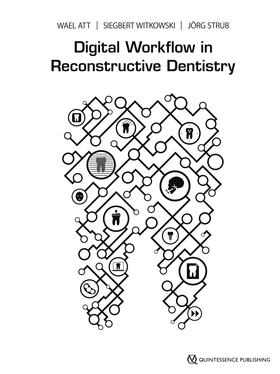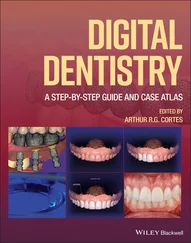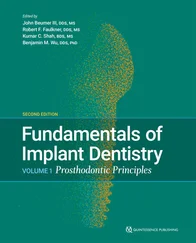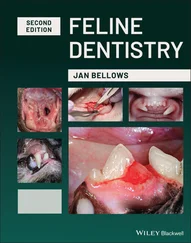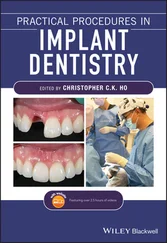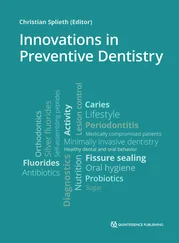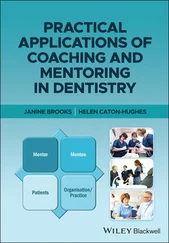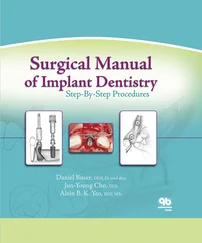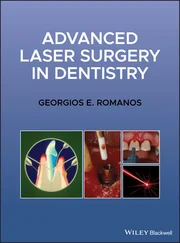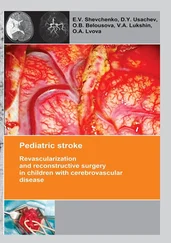34.Persson A, Andersson M, Oden A, Sandborgh-Englund G. A three-dimensional evaluation of a laser scanner and a touch-probe scanner. J Prosthet Dent 2006;95:194–200.
35.Carbajal Mejia JB, Wakabayashi K, Nakamura T, Yatani H. Influence of abutment tooth geometry on the accuracy of conventional and digital methods of obtaining dental impressions. J Prosthet Dent 2017;118:392–399.
36.Patzelt SB, Lamprinos C, Stampf S, Att W. The time efficiency of intraoral scanners: an in vitro comparative study. J Am Dent Assoc 2014;145:542–551.
37.Ahrberg D, Lauer HC, Ahrberg M, Weigl P. Evaluation of fit and efficiency of CAD/CAM fabricated all-ceramic restorations based on direct and indirect digitalization: a double-blinded, randomized clinical trial. Clin Oral Investig 2016;20:291–300.
38.Gjelvold B, Chrcanovic BR, Korduner EK, Collin-Bagewitz I, Kisch J. Intraoral digital impression technique compared to conventional impression technique. A randomized clinical trial. J Prosthodont 2016;25:282–287.
39.Yuzbasioglu E, Kurt H, Turunc R, Bilir H. Comparison of digital and conventional impression techniques: evaluation of patients’ perception, treatment comfort, effectiveness and clinical outcomes. BMC Oral Health 2014;14:10.
40.Fasbinder DJ. Digital dentistry: innovation for restorative treatment. Compend Contin Educ Dent 2010;31 Spec No 4:2–11.
41.Lee SJ, Gallucci GO. Digital vs. conventional implant impressions: efficiency outcomes. Clin Oral Implants Res 2013;24:111–115.
42.Telleman G, Raghoebar GM, Vissink A, Meijer HJ. The use of a coded healing abutment as an impression coping to design and mill an individualized anatomic abutment: a clinical report. J Prosthet Dent 2011;105:282–285.
43.Mahl D, Glenz F, Marinello CP. [Digital implant impression taking – an overview]. Swiss Dent J 2014;124:165–186.
44.Lin WS, Harris BT, Morton D. The use of a scannable impression coping and digital impression technique to fabricate a customized anatomic abutment and zirconia restoration in the esthetic zone. J Prosthet Dent 2013;109:187–191.
45.Nayyar N, Yilmaz B, McGlumphy E. Using digitally coded healing abutments and an intraoral scanner to fabricate implant-supported, cement-retained restorations. J Prosthet Dent 2013;109:210–215.
46.Grossmann Y, Pasciuta M, Finger IM. A novel technique using a coded healing abutment for the fabrication of a CAD/CAM titanium abutment for an implant-supported restoration. J Prosthet Dent 2006;95:258–261.
47.Vafiadis DC. Computer-generated abutments using a coded healing abutment: a two-year preliminary report. Pract Proced Aesthet Dent 2007;19:443–448.
48.Patel N. Integrating three-dimensional digital technologies for comprehensive implant dentistry. J Am Dent Assoc 2010;141 Suppl 2:20S–24S.
49.Lin WS, Harris BT, Zandinejad A, Morton D. Use of digital data acquisition and CAD/CAM technology for the fabrication of a fixed complete dental prosthesis on dental implants. J Prosthet Dent 2014;111:1–5.
50.Kurbad A. CAD/CAM-based polymer provisionals as treatment adjuncts. Int J Comput Dent 2013;16:327–346.
51.Lee CY, Wong N, Ganz SD, Mursic J, Suzuki JB. Use of an intraoral laser scanner during the prosthetic phase of implant dentistry: a pilot study. J Oral Implantol 2015;41:e126–e132.
52.Chia VA, Esguerra RJ, Teoh KH, Teo JW, Wong KM, Tan KB. In vitro three-dimensional accuracy of digital implant impressions: the effect of implant angulation. Int J Oral Maxillofac Implants 2017;32:313–321.
53.Papaspyridakos P, Gallucci GO, Chen CJ, Hanssen S, Naert I, Vandenberghe B. Digital versus conventional implant impressions for edentulous patients: accuracy outcomes. Clin Oral Implants Res 2016;27:465–472.
54.Gimenez B, Ozcan M, Martinez-Rus F, Pradies G. Accuracy of a digital impression system based on active wavefront sampling technology for implants considering operator experience, implant angulation, and depth. Clin Implant Dent Relat Res 2015;17 Suppl 1:e54–e64.
55.Flugge TV, Att W, Metzger MC, Nelson K. Precision of dental implant digitization using intraoral scanners. Int J Prosthodont 2016;29:277–283.
56.Chew AA, Esguerra RJ, Teoh KH, Wong KM, Ng SD, Tan KB. Three-dimensional accuracy of digital implant impressions: effects of different scanners and implant level. Int J Oral Maxillofac Implants 2017;32:70–80.
57.Joda T, Brägger U. Patient-centered outcomes comparing digital and conventional implant impression procedures: a randomized crossover trial. Clin Oral Implants Res 2016;27:e185–e189.
58.Joda T, Lenherr P, Dedem P, Kovaltschuk I, Brägger U, Zitzmann NU. Time efficiency, difficulty, and operator’s preference comparing digital and conventional implant impressions: a randomized controlled trial. Clin Oral Implants Res 2017;28:1318–1323.
59.Kim JH, Kim KB, Kim WC, Kim JH, Kim HY. Accuracy and precision of polyurethane dental arch models fabricated using a three-dimensional subtractive rapid prototyping method with an intraoral scanning technique. Korean J Orthod 2014;44:69–76.
60.Patzelt SB, Bishti S, Stampf S, Att W. Accuracy of computer-aided design/computer-aided manufacturing-generated dental casts based on intraoral scanner data. J Am Dent Assoc 2014;145:1133–1140.
61.Gutierrez-Chico JL, Alegria-Barrero E, Teijeiro-Mestre R, et al. Optical coherence tomography: from research to practice. Eur Heart J Cardiovasc Imaging 2012;13:370–384.
62.Alfonso F, Sandoval J, Cardenas A, Medina M, Cuevas C, Gonzalo N. Optical coherence tomography: from research to clinical application. Minerva Med 2012;103:441–464.
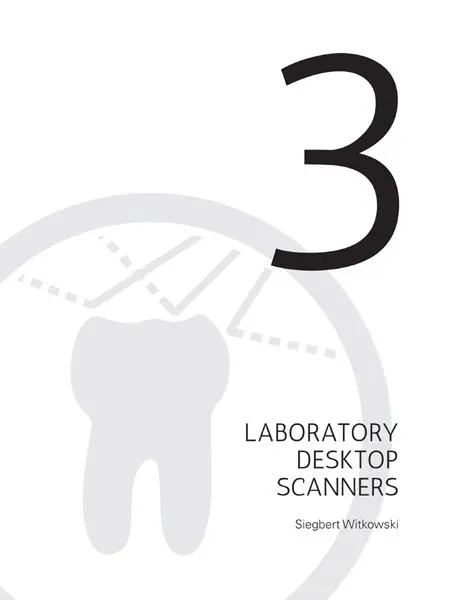
Introduction
Desktop scanners have been in use in dental laboratories for more than 20 years. The scanners can digitize different types of stone casts and conventional alginate impressions for orthodontics and diagnostics, as well as rubber materials. 1Different fields require distinct aspects of technical capability in assessing surface topography. The general advantage of this lab process is the absence of intraoral difficulties such as saliva, blood, and soft tissue, which can interfere with the outcome while performing an intraoral scan. Additionally, working casts mounted in the articulator are a favorable tool for many lab procedures, especially complex prosthodontics. While early scanning devices utilized touch probe (tactile) scanning, contemporary scanners utilize optical technologies. The first commercially available desktop scanner for the dental laboratory, in the early 1990s, was the Procera “reader” used for an early CAD/CAM (computer-aided design/computer-aided manufacturing) process to fabricate single crown copings by milling and spark erosion for the veneer technique. This device was considered to have a maximum shape-related error of ±10 µm ( Fig 3.1a). 2Even today, tactile scanning is recognized as a very precise technology due to the lack of problems which are inherent to optical methods. In dental technology, the accuracy of the tactile systems is used for the scanning of primary crowns or bars for the design and fabrication of retrievable secondary components made of various materials.
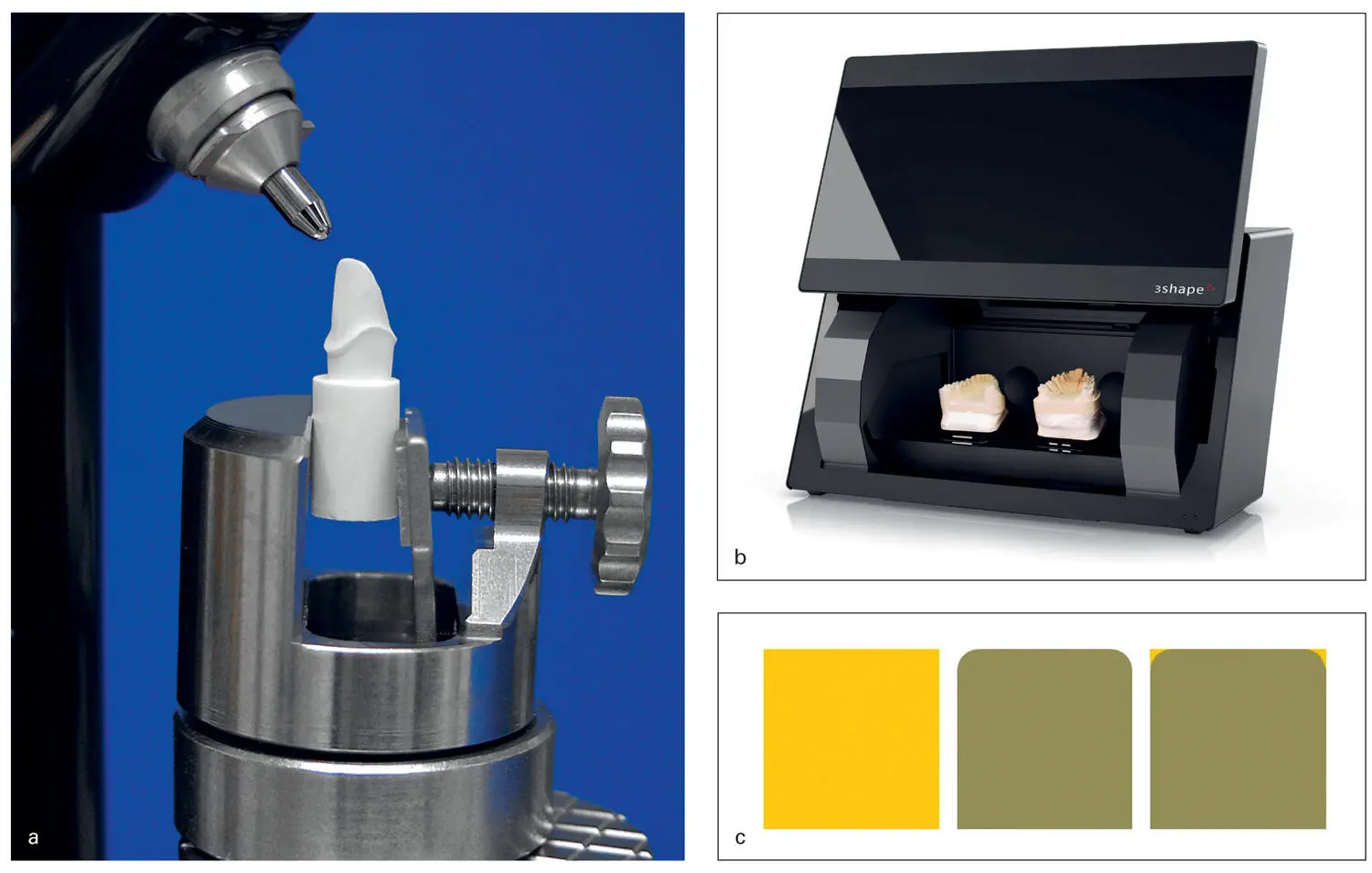
Fig 3.1(a) The first technology for desktop scanners in dental CAD/CAM was a tactile system (Procera, Nobel Biocare, Kloten, Switzerland; formerly Nobelpharma Procera). (b) A desktop scanner with simultaneous scanning of two casts and integrated resolution for the dies in a single scan process (D2000, 3Shape, Copenhagen, Denmark). (c) Original object (left), data of scan with rounded corners (middle), and both overlaid to visualize the difference (right).
Читать дальше
